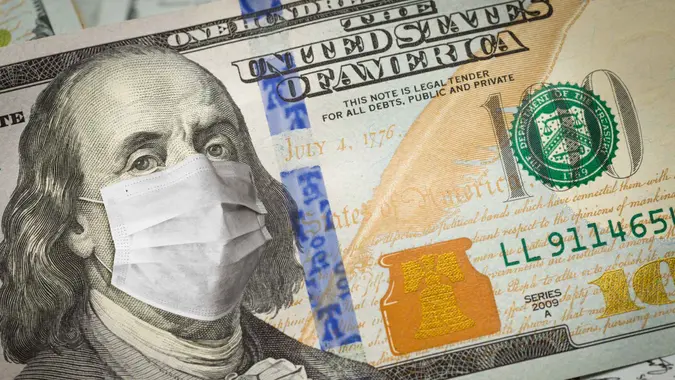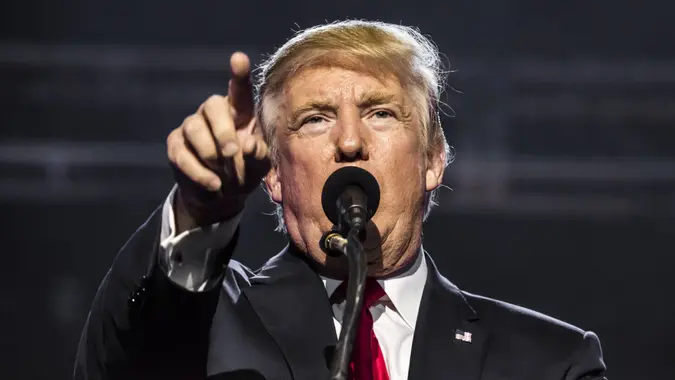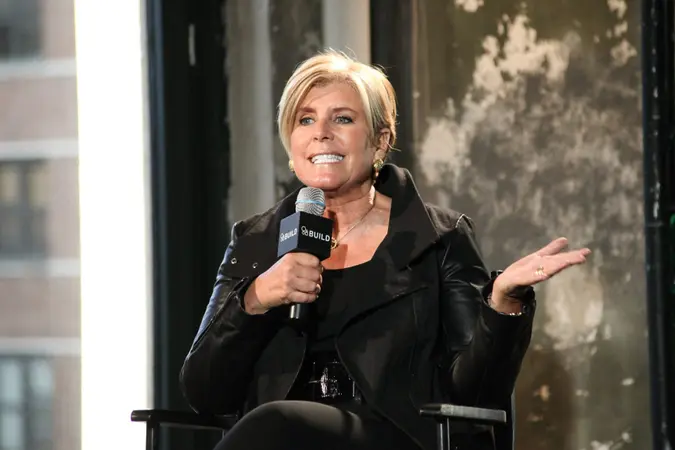80% of Americans Are Still Struggling Financially 4 Years After COVID-19

Commitment to Our Readers
GOBankingRates' editorial team is committed to bringing you unbiased reviews and information. We use data-driven methodologies to evaluate financial products and services - our reviews and ratings are not influenced by advertisers. You can read more about our editorial guidelines and our products and services review methodology.

20 Years
Helping You Live Richer

Reviewed
by Experts

Trusted by
Millions of Readers
The COVID-19 pandemic sent a painful shockwave through both the US and the global economy. Many people were forced to stay home and a record 9.6 million American workers (ages 16 to 64) lost their jobs as a result of business downsizing and closures, according to Pew Research Center.
To make matters worse, the cost of housing, utilities, groceries, and more has reached new heights. The US Bureau of Labor Statistics indicated that the shock to food and energy prices, supply chain issues, and an increased demand for products all contributed to the sharp rise in inflation.
Fast forward four years and most Americans are still struggling.
Most Americans Are Still Struggling Post COVID-19
Business Insider reported that the liquid assets of the lower 80% of American households, based on income, have dropped below their levels in March 2020 at the onset of the pandemic, taking inflation into account. The large majority of American households are rapidly depleting the excess savings they had accumulated during the COVID-19 pandemic, with only 20% above board.
At the same time, the bottom 40% of households experienced an 8% drop in their savings, while the middle class, which makes up the next 40%, has seen their cash savings fall below pre-COVID levels in the last quarter. Contrarily, the wealthiest 20% of households still maintain cash savings at approximately 8% above pre-pandemic levels.
Ultimately, with inflation taken into account, the majority of Americans are worse off financially compared with before the start of the pandemic. The Federal Reserve aims for a 2% annual inflation rate but has yet to bring inflation back down. It’s unclear at this point when inflation will level out to pre-pandemic level and costs will drop for life’s necessities.
 Written by
Written by  Edited by
Edited by 

























